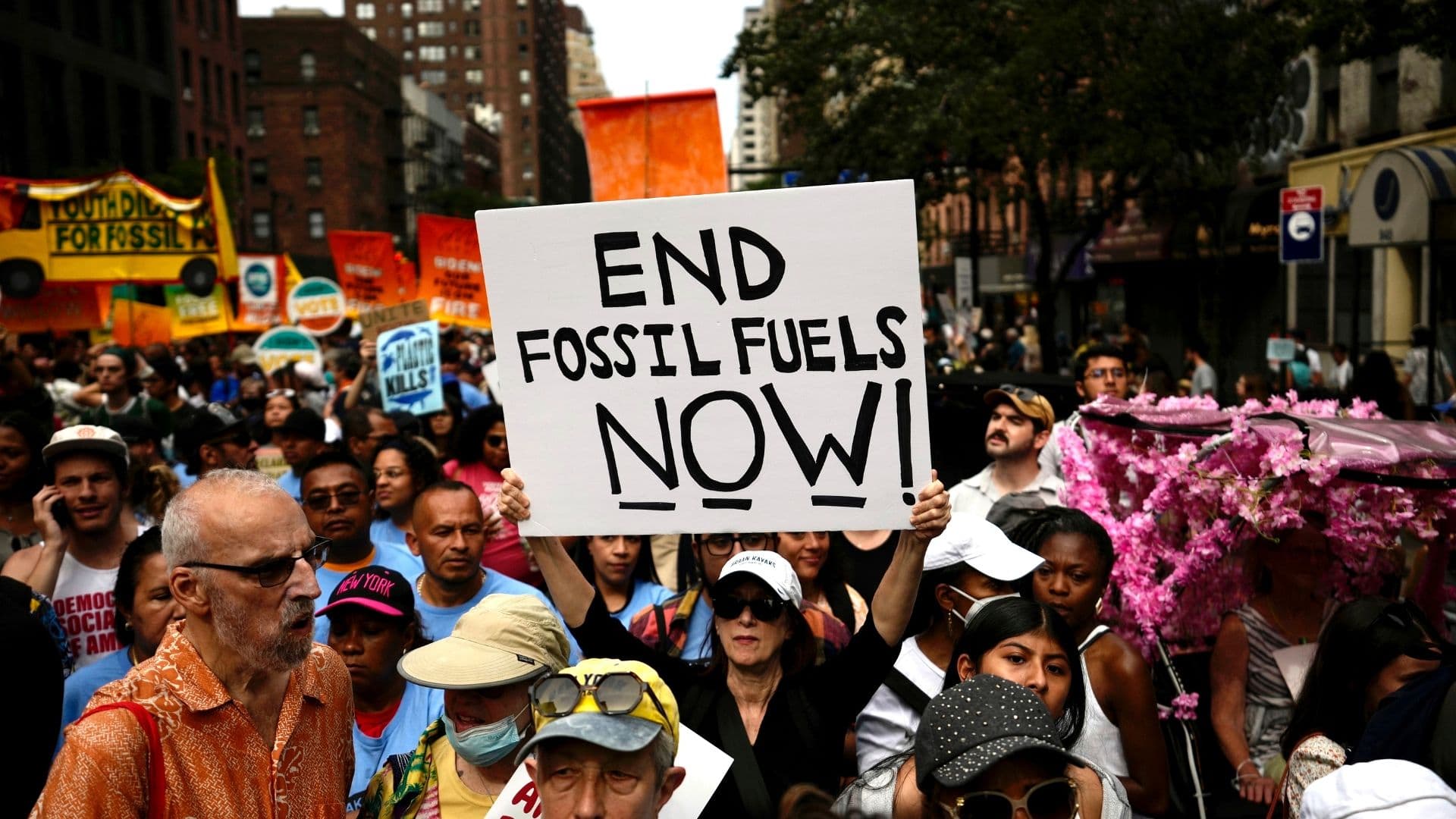Magnitude 5.7 Earthquake Rattles Bangladesh, Tremors Felt Nationwide
A magnitude 5.7 earthquake struck near Bangladesh on Nov. 21, 2025, according to the German Research Centre for Geosciences and wire services. Initial bulletins said the quake was felt across parts of the country, but no immediate widespread casualties or damage were reported, a development that still raises concerns about economic exposure and infrastructure resilience.

A magnitude 5.7 earthquake struck near Bangladesh on Nov. 21, 2025, seismic monitoring data from the German Research Centre for Geosciences and wire services reported. Early agency bulletins included the quake's location and depth, and they said tremors were felt in parts of the country. The initial notices did not show any immediate widespread casualties or damage, though authorities and emergency services were continuing to assess local conditions.
The event underscores persistent seismic risk in South Asia where the Indian tectonic plate collides with the Eurasian plate. While a magnitude 5.7 quake is classified as moderate and often produces limited structural damage, the economic consequences for a densely populated, low lying nation can be outsized because of Bangladesh's high population density and concentrated urban infrastructure. Bangladesh is home to roughly 170 million people, and its economic geography places large numbers of residents and critical manufacturing hubs in coastal and peri urban areas that can be vulnerable to shocks.
Economically, the potential for disruption is concentrated in several channels. Bangladesh's garment export industry accounts for roughly four fifths of the country's merchandise exports, and the sector relies on an integrated network of factories and ports. Short term interruptions at factories, logistics hubs, or the Port of Chittagong would affect export flows and could ripple through global apparel supply chains that already face inventory and lead time pressures. At the same time, no immediate reports of major port disruption or factory damage were included in initial agency bulletins.
Financial markets may register the event as a risk shock, particularly in local equity and insurance sectors, though a single moderate earthquake typically does not trigger systemic market stress. Insurers and reinsurers monitor seismic events closely because they inform premiums and capital planning. For Bangladesh, where insurance penetration remains limited, most reconstruction costs would likely fall on the public purse, private firms, and households, complicating fiscal management for local governments already balancing development spending with climate adaptation needs.
Policy implications are straightforward yet politically difficult. Strengthening building codes and enforcing construction standards in urban areas would reduce future economic losses. Investments in early warning systems and emergency response capacity can limit casualties and shorten business interruptions. For a country facing rising climate related hazards and rapid urbanization, integrating seismic risk into long term urban planning and infrastructure finance is increasingly urgent.
The immediate priority for Bangladeshi authorities is damage assessment and support for affected communities. While initial reports offered limited signs of large scale destruction, the episode is a reminder of the latent risks that moderate earthquakes pose to densely populated economies. Over the longer term, repeated exposure to natural hazards will shape investment decisions, insurance markets, and public policy choices on resilience and fiscal planning.

